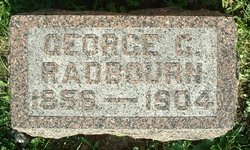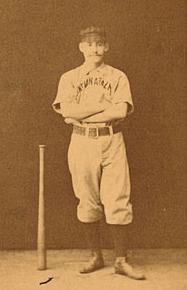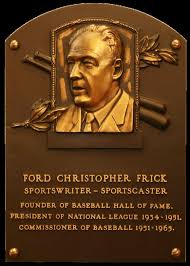Central Illinois Major League Debuts- George Radbourn (Bloomington)
Central Illinois has had many major league baseball players in history. Let’s look at them from the 12 counties that we have selected to become Central Illinois. (Logan, McLean, DeWitt, Woodford, Fulton, Peoria, Mason, Tazewell, Cass, Morgan, Menard, Sangamon). Check out previous Central Illinois Debuts George Radbourn Major League Debut May 30, 1883 …





